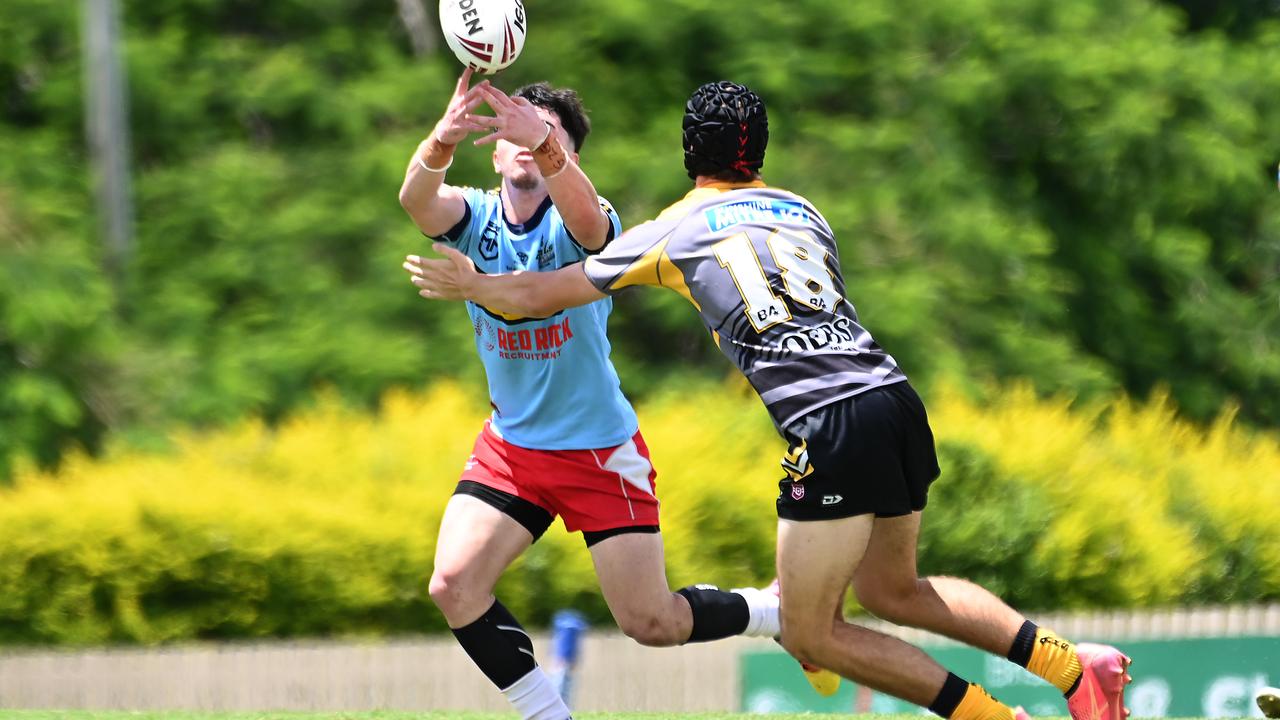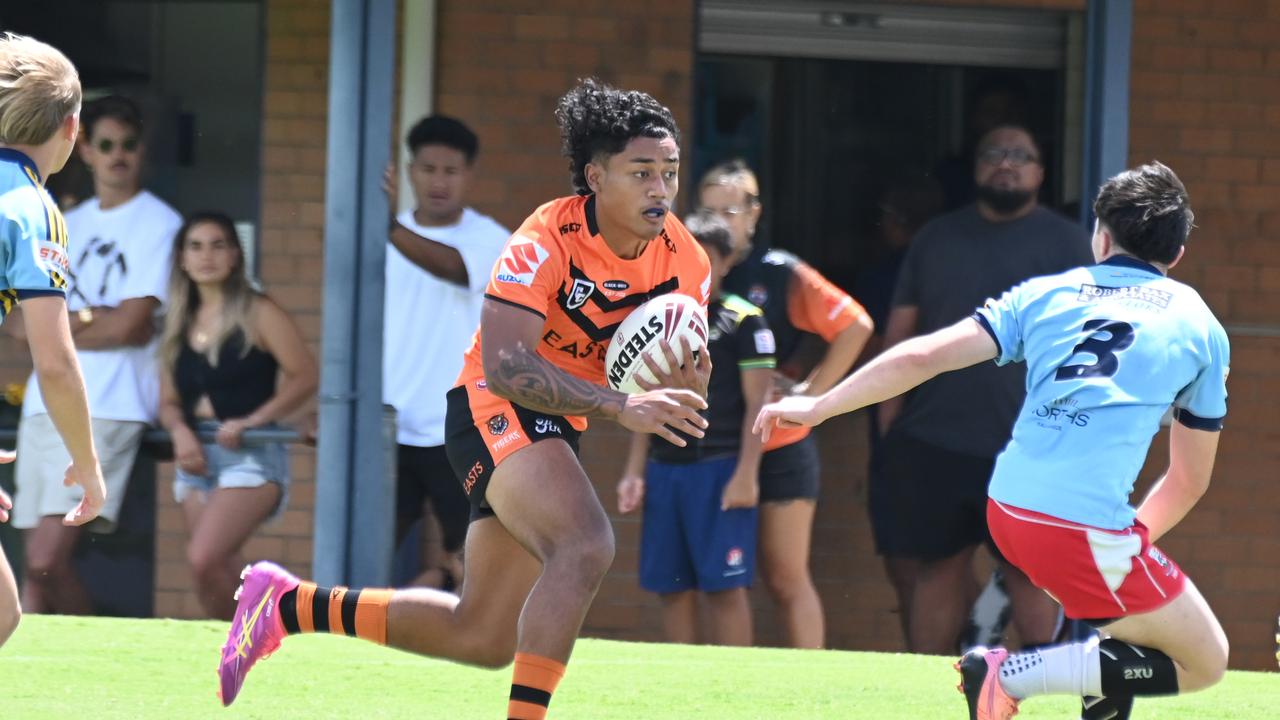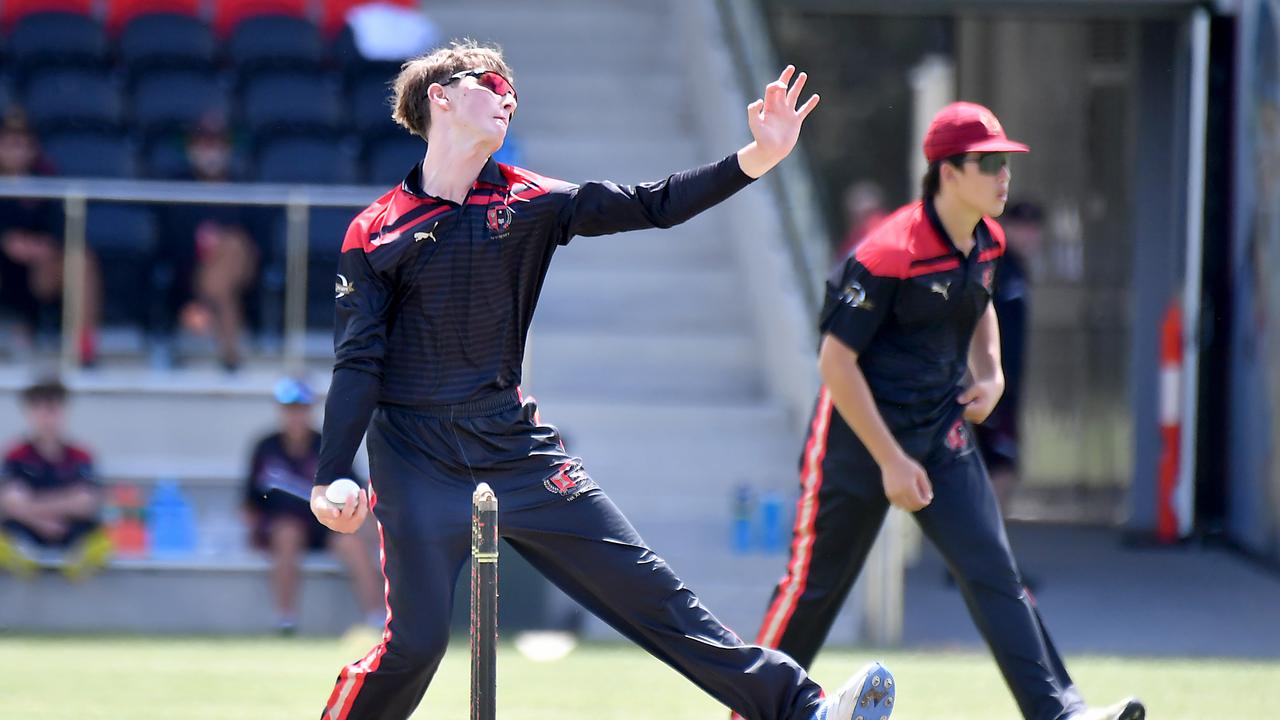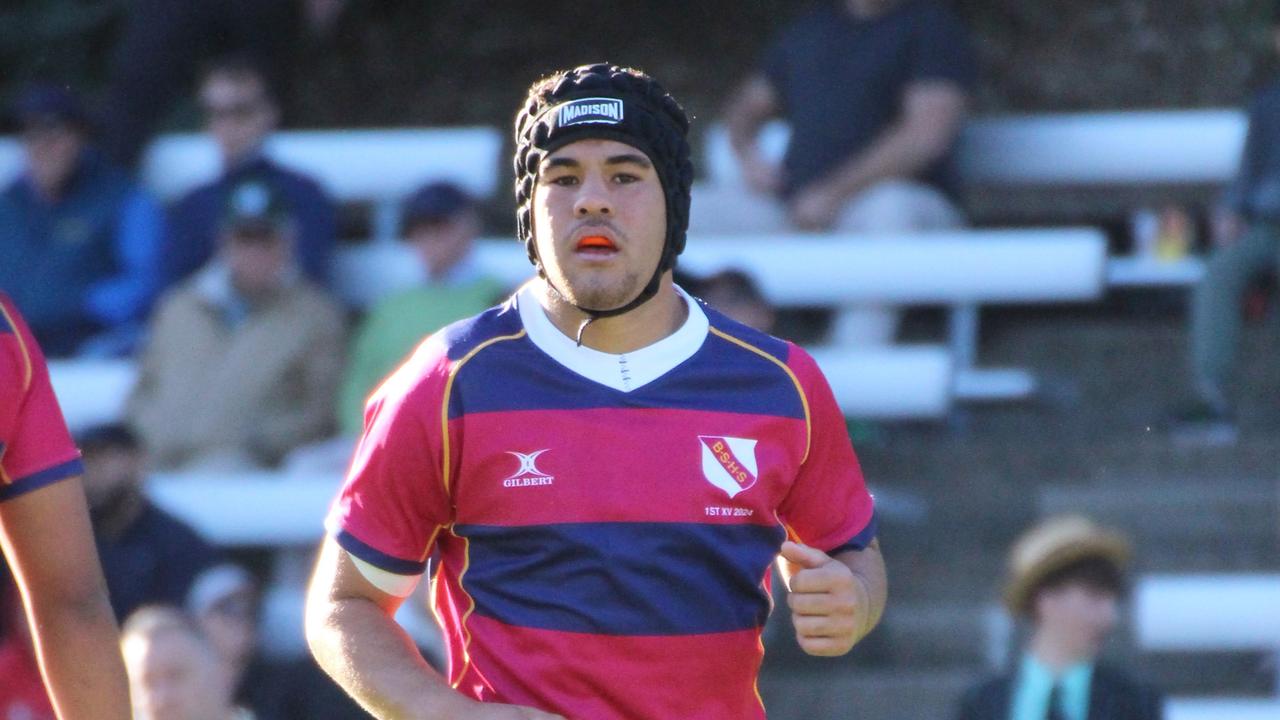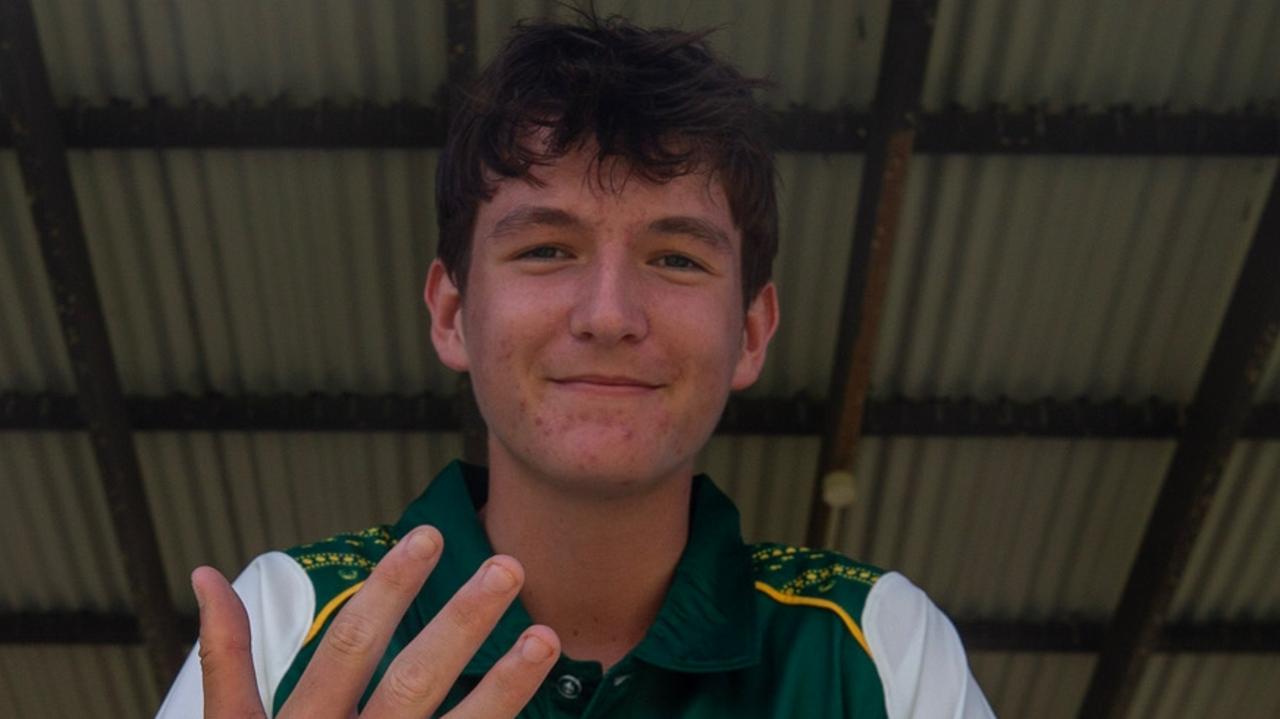10 years after cruel flood, fish stocks recovering: See why
Dedicated Somerset and Wivenhoe restocking efforts get fisheries back on track after millions of fish lost in 2011
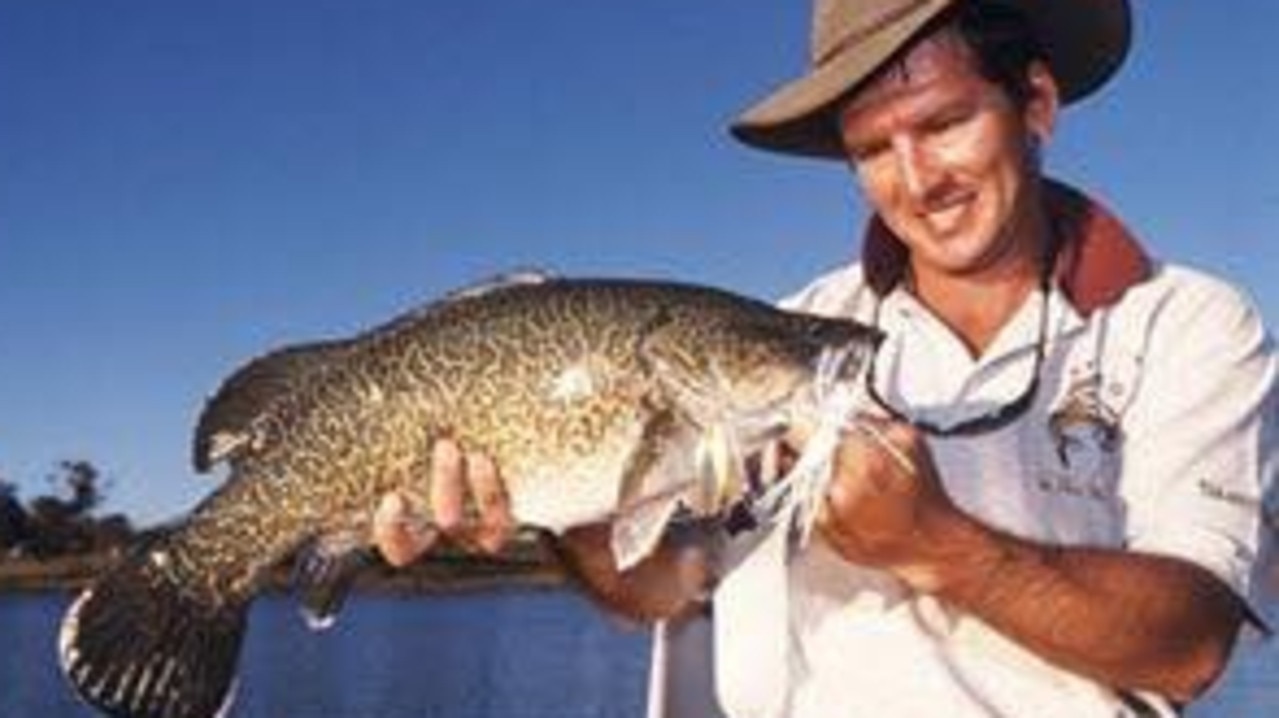
Sport
Don't miss out on the headlines from Sport. Followed categories will be added to My News.
WHEN millions of fish were lost from the Somerset and Wivenhoe lakes during the 2011 floods, a group of dedicated fish stockers were heartbroken.
Having regularly stocked both major catchments with a range of freshwater species since 1988, the volunteers could only watch as the valuable fish were washed over the Wivenhoe Dam wall.
But rather than let the cruel setback diminish their enthusiasm, they continued their impressive work.
Ten years later, long-serving Somerset and Wivenhoe Fish Stocking Association (SWFSA) president Garry Fitzgerald remains as committed as ever to replenishing the vital dams.
He leads an active committee still heavily focused on restocking, monitoring recreational fishing pressure and other community projects to revitalise two of Australia's leading freshwater habitats.
"It's doing really well,'' Fitzgerald said of the association which keeps a close eye on the regional dams and associated waterways an hour or so from Ipswich.
"The main focus is Somerset and Wivenhoe and it always will be.''
Fitzgerald said the lakes were "by far the most heavily fished freshwater in Queensland''.
"It gets hammered day in, day out,'' he said. "They tell me its taken up to 12 per cent of the total fishing pressure of all the stocked lakes in Queensland.'''
However, after fantastic fishing opportunities through the 1990s and 2000s due to well managed restocking initiatives, the 2011 flood had a devastating impact.
Popular species like bass and golden perch disappeared from the lakes, being swept away as Somerset then Wivenhoe massively overflowed.
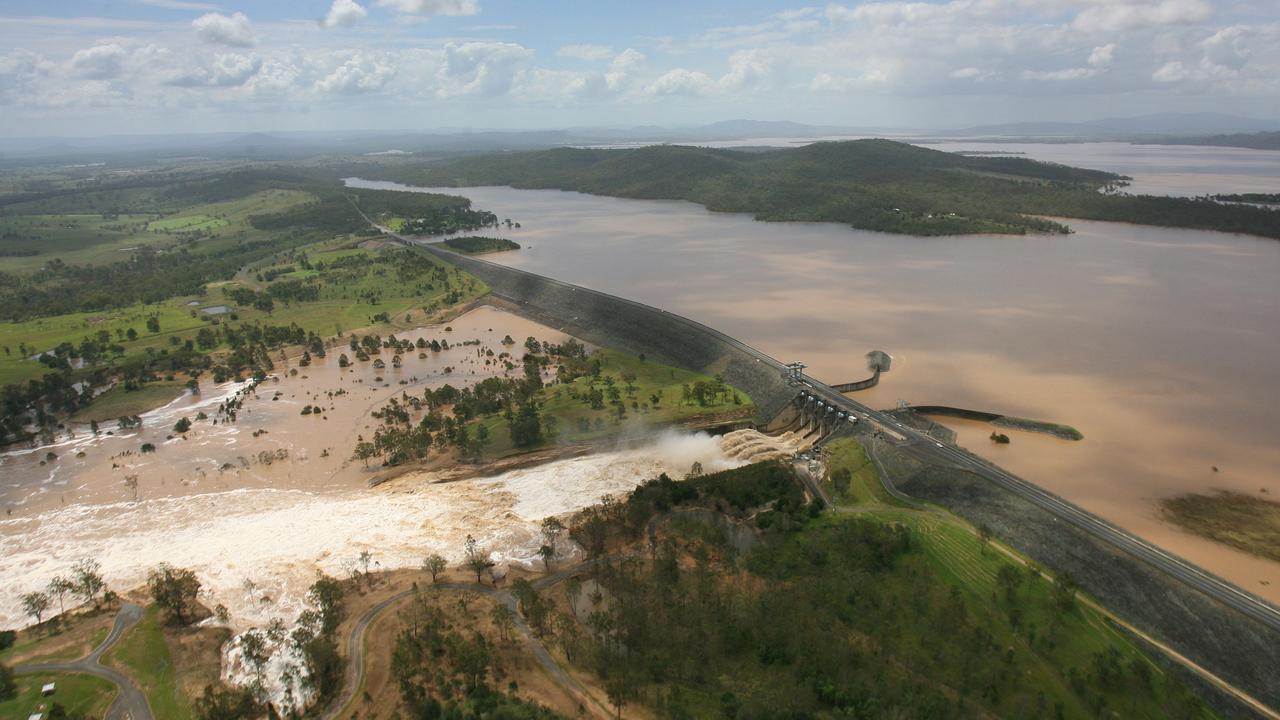
Apart from stocks of hardy predatory fish like cod, an unimaginable quantity of fish were flushed away.
"In Wivenhoe 2011, we virtually lost everything,'' Fitzgerald said. "They all went through the wall. They all went downstream.''
Along with other restocking gurus like former Bob Dowse Sports Store co-owner Bunny Qualischefski, Fitzgerald had devoted countless hours to restocking.
For many years, the SWFSA life members were heavily involved in fundraising projects to purchase millions of fingerlings from bass and golden perch, to silver perch, cod and saratago.
Then the brutal 2011 floods arrived.
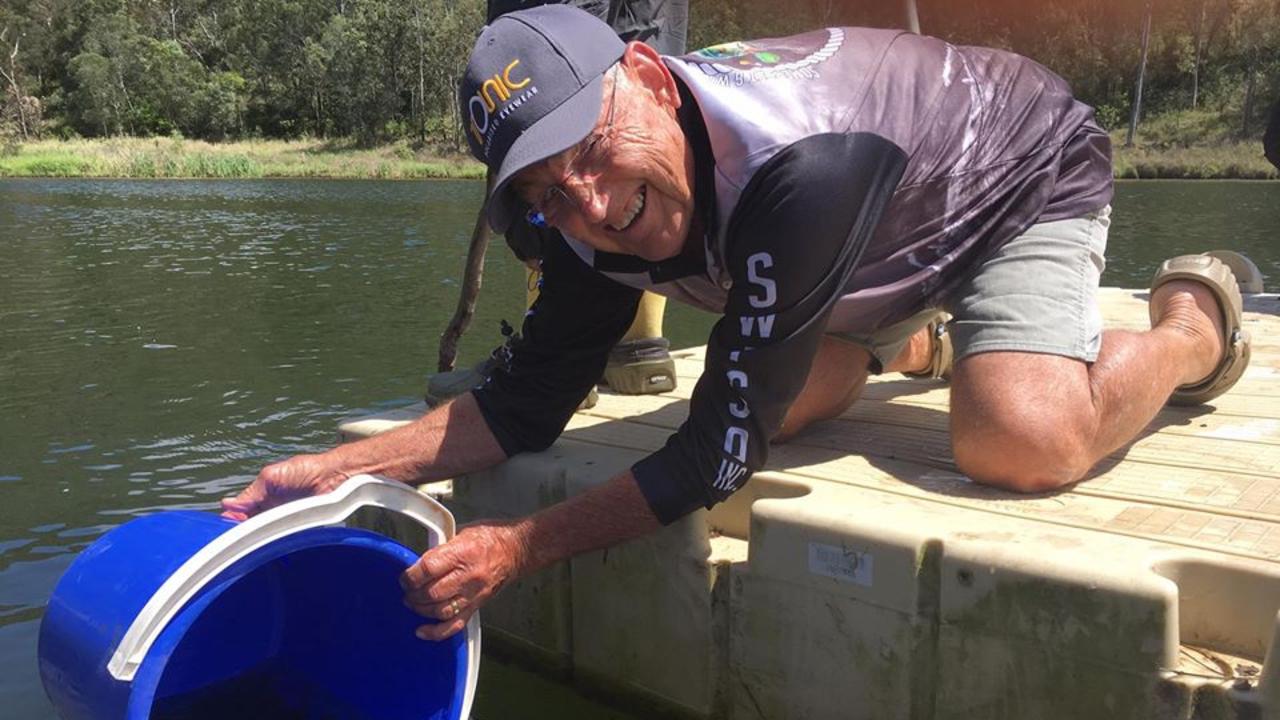
"In 2011, we were back to square one,'' Fitzgerald said.
"We couldn't catch anything for a good 12-18 months.''
The stocking official said the massive flow of water crashed the food web.
"It upset the natural balance . . . and also the big fat bass that were used to no current, all this food, then all of a sudden they had eaten themselves out in a food source down in the river.''
One of the upsides of the natural disaster was some fish moved into new locations and survived.
Fitzgerald said a bass tagged in Somerset Dam was later caught in the Pine River. It had moved through Wivenhoe, into the Brisbane River, out to Moreton Bay and back up river to a new location.
But all the hard work creating two of Australia's best freshwater fisheries was severely impacted.
"We didn't drop our bundle,'' Fitzgerald said.
"We just said 'okay, we can't do anything about it'. Our challenge is to get that fishery back on its feet as fast as we can.
"We started restocking straight away and it was 12-18 months, we started catching some small ones again.''
UGLY INVADER: A fish you don't want to catch
DRESSED FOR SUCCESS: Fraser Island pair suited up for success
EXPLOSIVE FISHING: Predators in feeding frenzy
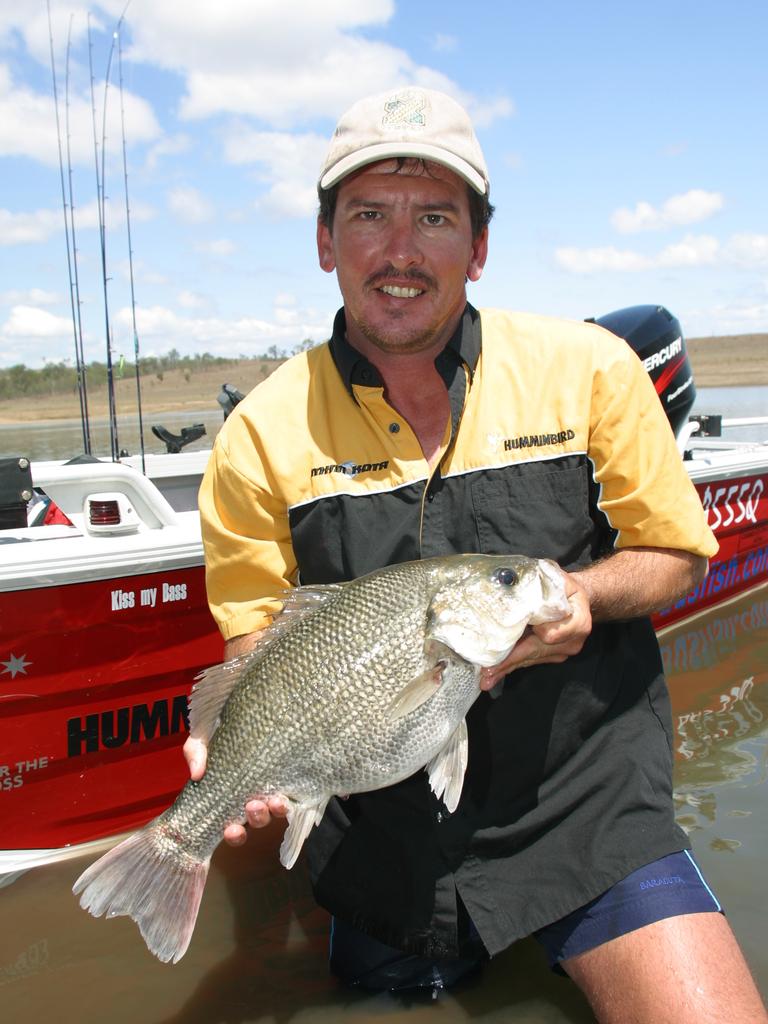
Fitzgerald and his regular helpers have since focused on restocking five million bass and golden perch into the two massive waterways.
"Knowing that golden perch grow quicker that bass, we changed our stocking initially to focus more on golden perch with a few bass, and then we slowly mixed that.
"What that did was it got people catching fish again and sooner.''
Unlike the early years, the restockers don't purchase silver perch because "our return on their investment is just terrible''.
Bass and golden perch are the more reliable species with cod when they are available.
"With the cod, we mainly focus on our river situations, to get them back breeding,'' he said.
"The Bremer, the upper Brisbane and Stanley (rivers) and we've done some saratoga as well, which basically produce on their own in the lakes.''
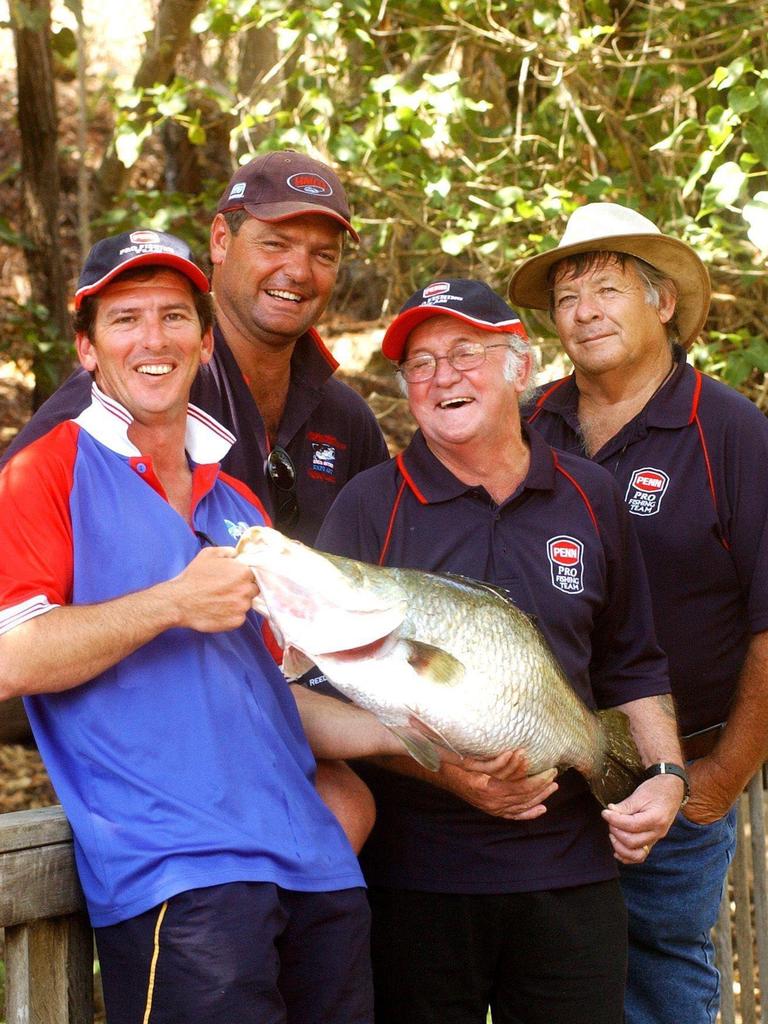
Fitzgerald said during the floods, a healthy population of redclaw crayfish survived.
Ten years on, that helps maintain a healthy food supply for big predators.
Having been on the committee for 30 years, Fitzgerald appreciates the support he receives from like-minded volunteers.
But unlike the first decade of the stocking association's history, money to purchase fingerlings now comes from the Queensland Stocked Impoundment Permit.
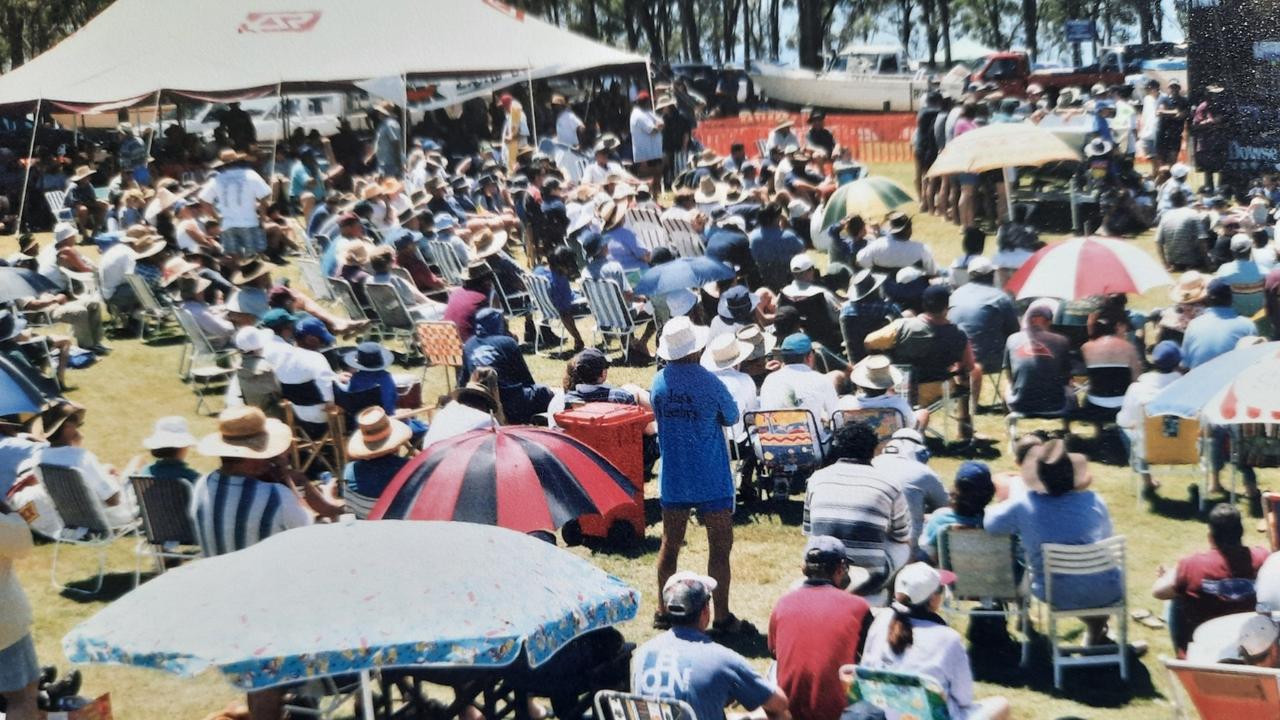
The Kirkleagh Klassic held for more than 15 years from 1988 raised up to $25,000 from a weekend of fishing at Somerset Dam.
Anglers paid entry fees and fishing suppliers offered $30,000 in prizes, including a boat, trailer and outboard motor package.
The competitions were popular for a number of years with hundreds of participants camping and fishing.
Secret weight and catch and release competitions kept families entertained and able to share in the prize pool.
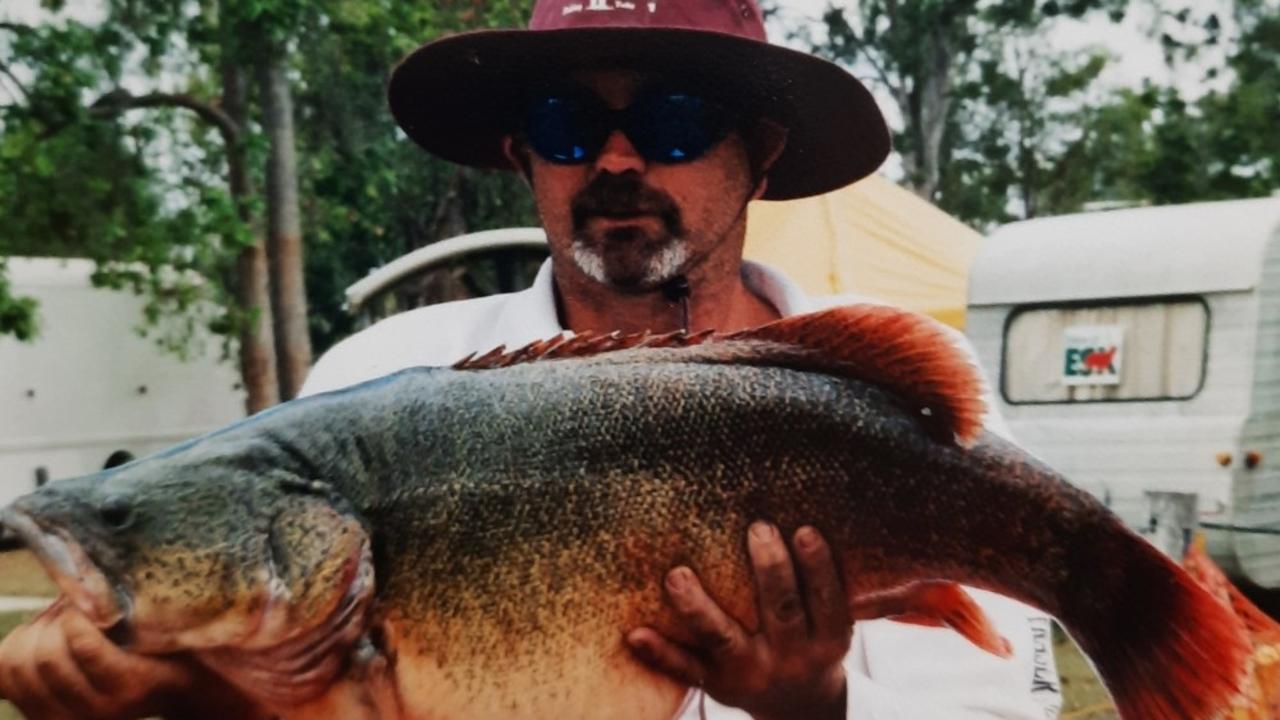
But sadly, numbers diminished and profits declined in the final years with limits on serving alcohol and other restrictions.
"Those type of events have run their race,'' Fitzgerald said.
"People just don't go to them.
"The last one we ran, we just broke even.
"It was the alcohol sales that made the money. As soon as we got to a point where we couldn't sell alcohol, that was just the killer.''
But while monies raised from Queensland's permit system are going into valuable restocking, Fitzgerald said it was "only the tip of the iceberg''.
"It varies a little bit season to season but we get around $120,000 a year,'' he said.
"That's for Wivenhoe and Somerset.
"But if we were to stock those two lakes to their full potential as recommended by Fisheries, we would need in the order of $700,000 a year.''
Stocking groups like the SWFSA have to ensure fingerlings are purchased from registered hatcheries.
A massive recovery has been made since 2011.
"I don't think Wivenhoe still to this day is as good as it was in 2010 (before the floods), but it's getting there,'' Fitzgerald said.
"It's probably back to 80 per cent of where it was.''
He said because the association don't get the funding they require, the catch rates in Somerset "are dropping off a little bit'' because the amount of angling pressure.
The number of bass allowed to be kept has also increased from two to five.
"So we've had potentially a 150 per cent increase in the amount of bass taken from the lakes,'' he said.
"We don't think we are getting enough fish in as are being taken out.''
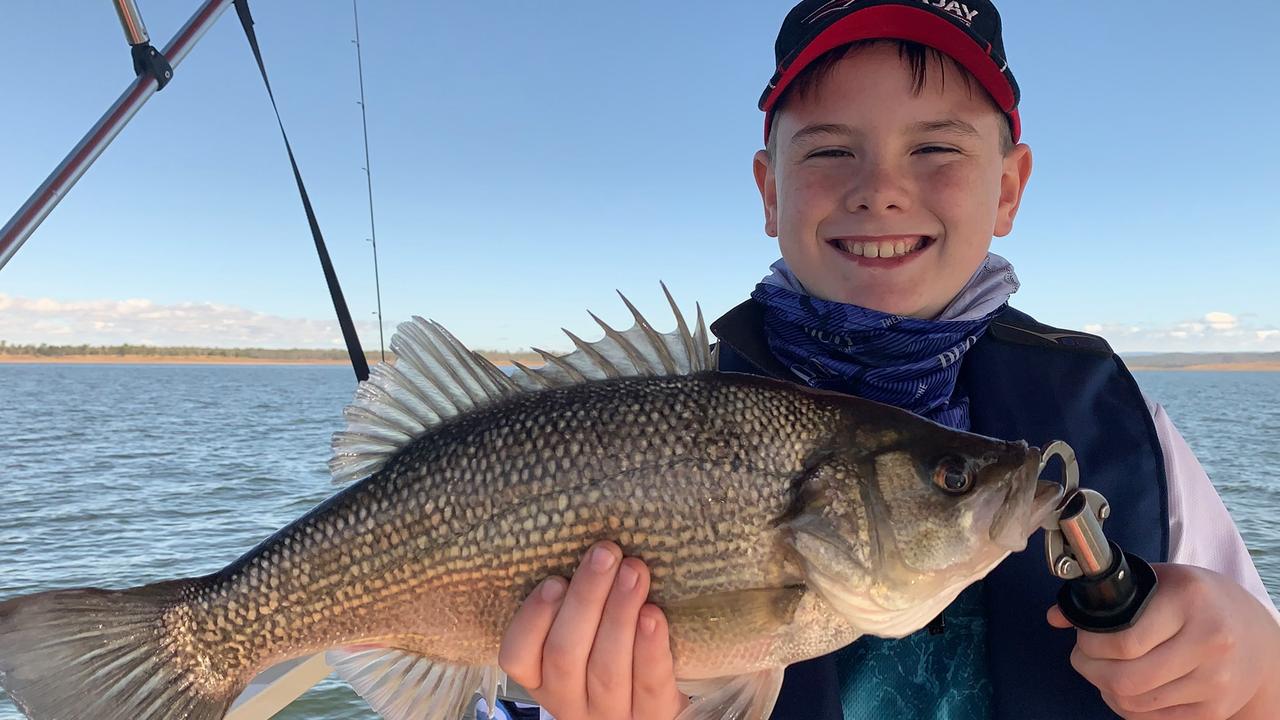
Fitzgerald said there were positive signs in both lakes.
Predatory fish can grow an amazing rates with a solid protein food supply of redclaw crayfish, bony bream and snubnose gar.
Murray cod more than 25kg have been caught and bass are nearly 4kg, approaching 60cm in length.
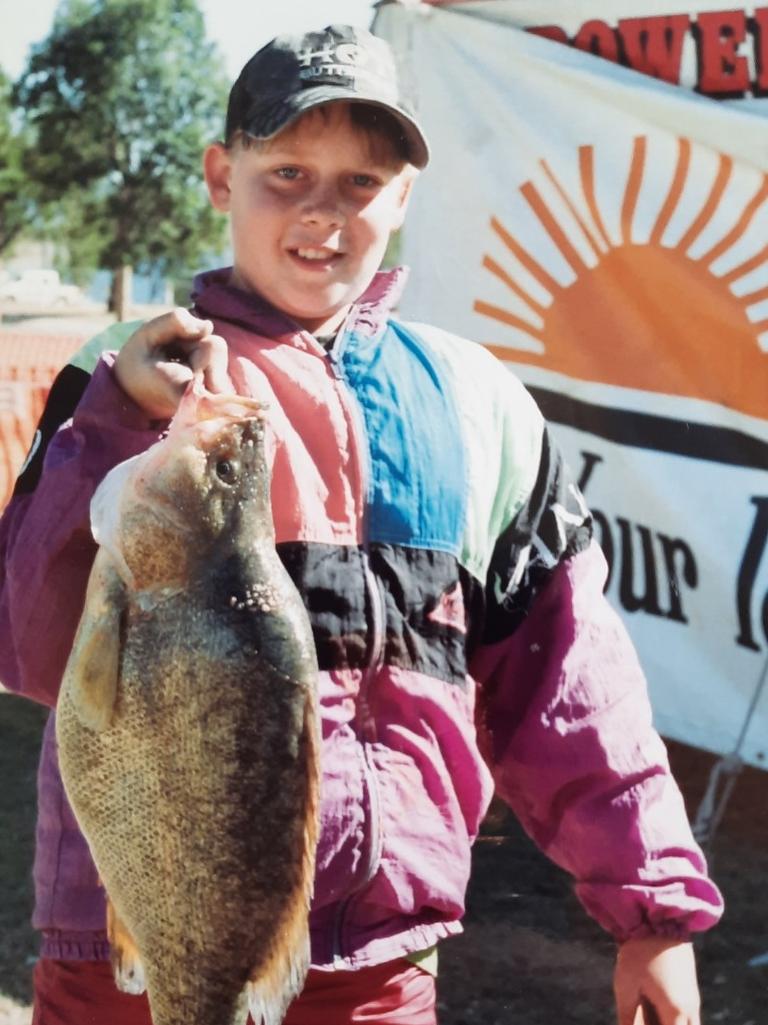
But Fitzgerald said big golden perch were elusive in recent years, providing a mystery.
"It's a strange one. We only catch small golden perch,'' he said.
"Nobody knows where they (the bigger ones) go.''
He said golden perch were commonly caught in the 45cm range, which they will get to in about 18 months.
Valuable community support
Fitzgerald said the public's contribution to fish management had become more important in recent years.
With the number of Queensland freshwater fisheries officers slashed, fish restocking groups have been offered more responsibility monitoring fish captures.
Fitzgerald said the fishing community were urged to assist by recording their catch data on an easy to use app.
"That's been running for about six months now,'' he said.
"The more data we get, the more accurately we're measuring the fishery.
"It's been phenomenal.
"The key things are what they caught, how long the fish was and how many hours they spend on the water.''
The app is able to be accessed by phone, tablet or computer. It involves 12 restocking groups around Queensland and covers 21 locations.
It gives anglers an opportunity to help improve fishing habitats for the future by sharing data about fish caught.
"This data will help measure how well the restocking program is going,'' Fitzgerald said.
"It will also give a better indication on what species of fish should be stocked in coming years.
"The fishing app also allows for the monitoring of introduced pest fish like tilapia to gauge if their numbers are increasing.''
Photos can also be uploaded.
Fitzgerald invited everyone fishing the Somerset and Wivenhoe lakes to get involved.
More information about the benefits of the fishing apps is at http://survey.sweetwaterfishing.com.au/

